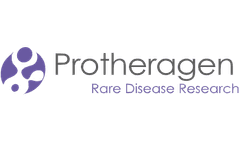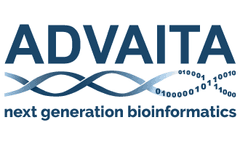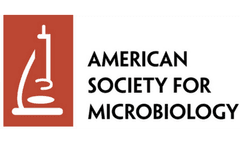Phenotyping Analysis Articles & Analysis
6 articles found
So far, some biotech giants have established a series of research and development technologies for genetically modified animal models, such as gene cloning, gene knockout plasmid construction, experimental animal embryonic stem cell manipulation, strain breeding, and phenotype analysis. Combined with these technologies, there would be more stable and reliable ...
My previous post, Pathway Analysis vs Gene Set Analysis, ended with an interesting question: has anybody really compared side-by-side gene set analysis methods and pathway analysis methods on the same data sets? ...
AdvaitaBio’s IPathwayGuide plays significant role in the research of a Stanford investigator. Stanford University is one of the world’s leading research and teaching institutions. With a 1.69 billion dollar annual sponsored research budget, Stanford has been delivering breakthrough discoveries in numerous domains. For over 6 years, Dr. Linda Yip has been conducting research at ...
Gene panels make NGS and data analysis more economical, flexible and efficient. The use of them can improve the detection of genetically heterogeneous disorders and diseases with overlapping phenotypes, while assessing multiple potential genetic causes of suspicion. ...
Abstract The heritability of coronary atherosclerotic plaque burden, coronary geometry, and phenotypes associated with increased cardiometabolic risk are largely unknown. ...
NAG1 encodes a 19-kDa protein, detected by Western blotting of hemagglutinin (HA)-tagged Nag1p with anti-HA antibodies and by β-galactosidase analysis of a NAG1-lacZ fusion. NAG1 is evolutionarily conserved as a unit with YGR031W in bacteria and fungi. Unlike the YGR031WP protein product, however, which localizes to the mitochondria, Nag1p localizes to the cell periphery, ...





